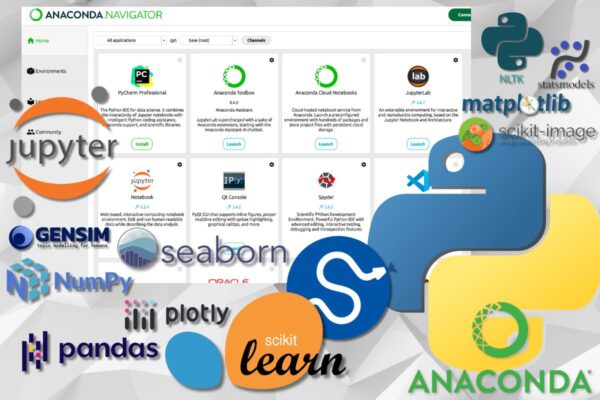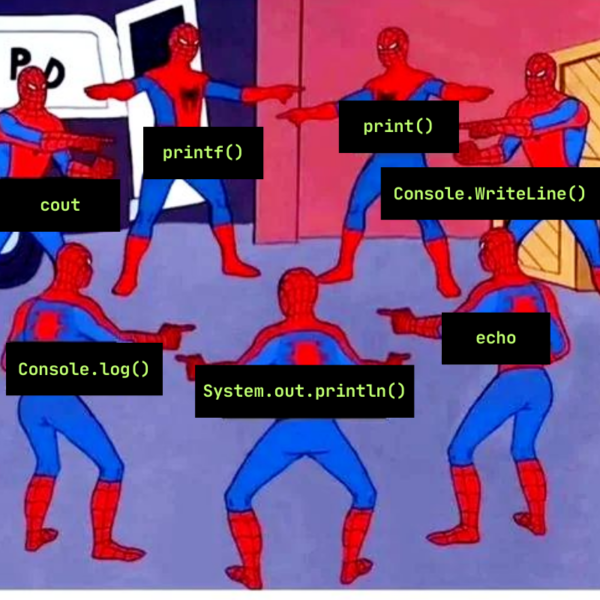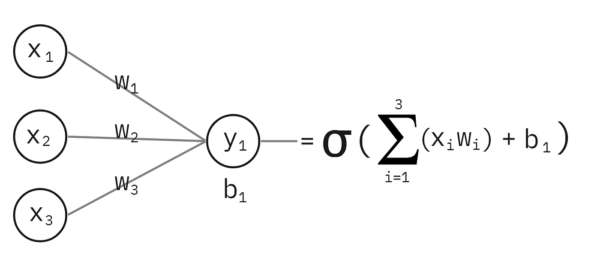I’m being asked by a growing number of people this one question: “I want to get started learning and building AI apps with Python. Should I go with the Python.org distribution, Anaconda, or something else?”
For anyone who wants to learn Python and AI development, my answer is invariably:
Why?
- Their one installer gets you a LOT of stuff: Not just Python, but also the R programming language, the pip and conda package managers, Jupyter Notebook and Jupyter Lab, and a ridiculous number of installed and optimized Python packages ready to go.
- Anaconda is made by people into scientific computing, data science, and machine learning, for people into scientific computing, data science, and machine learning. You have to do way let setup after installing it to get started on your AI journey.
- Anaconda is proven. Nearly 40 million people use it, and so do 90% of the Fortune 500.
- There’s also Anaconda Cloud, which features an online notebook service (an online interactive coding environment that also makes it easy to share code), articles and online courses, and a big user community.
- Anaconda delivers the same great Python programming experience on Linux, macOS, and Windows. If you move between operating systems like I do, or teach Python courses, this is incredibly handy.
Once again — if you’re learning Python for AI development:
ℹ️ Disclaimer: This is NOT a paid promo for Anaconda. I met some of their people at PyCon, but the company has no idea who I am or that I’m doing this, and they certainly don’t know how to put money in my bank account. I’m just a satisfied user who uses it for my own projects and for teaching Python and AI programming.










